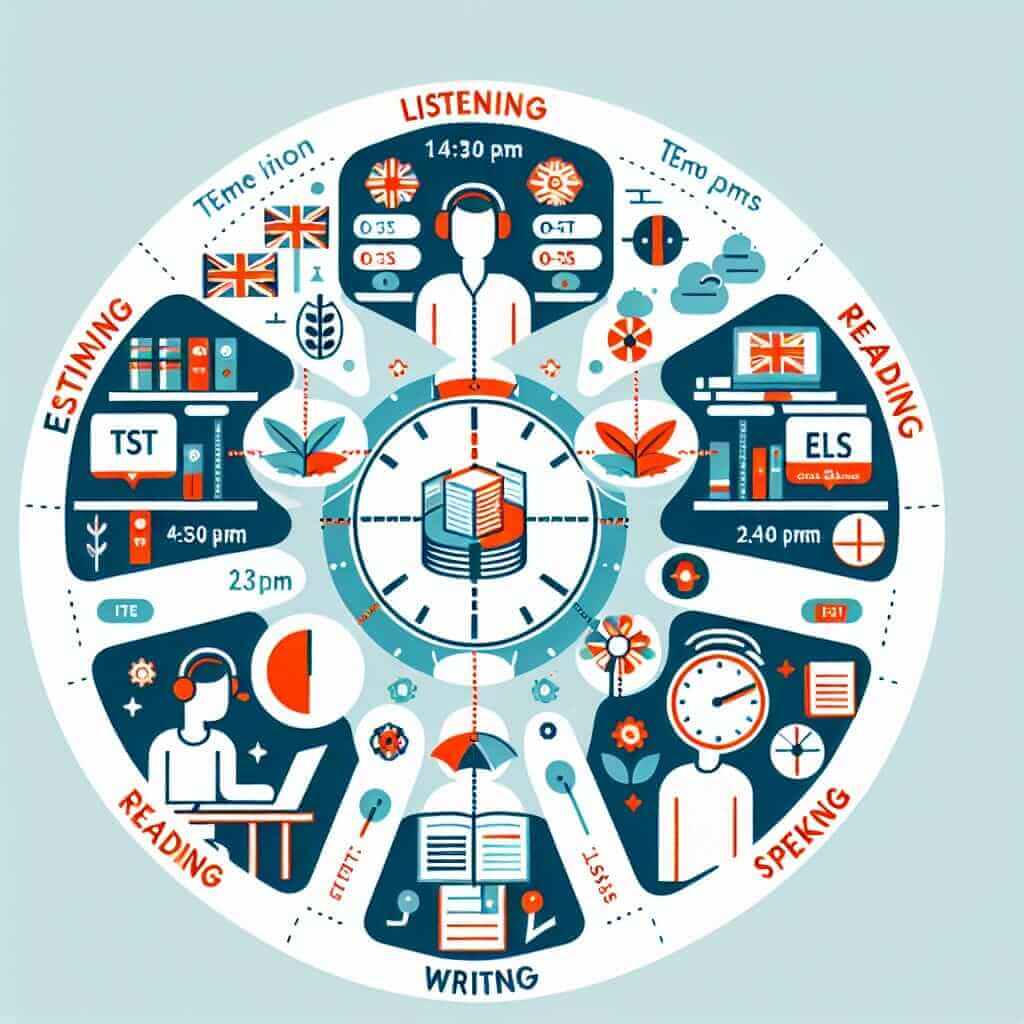The International English Language Testing System (IELTS) is a globally recognized English proficiency test that opens doors to academic and professional opportunities. Whether you’re aiming for higher education, immigration, or career advancement, understanding how to take the IELTS exam is crucial for achieving your desired band score. This comprehensive guide, crafted from over 20 years of experience teaching IELTS, will equip you with the knowledge and strategies to confidently approach each section of the exam.
Understanding the IELTS Exam Format
The IELTS exam assesses your English language skills in four modules: Listening, Reading, Writing, and Speaking.
Listening
The Listening section consists of four recordings of native English speakers in various contexts, such as everyday conversations and academic lectures. You will answer 40 questions, ranging from multiple choice to sentence completion, testing your ability to understand main ideas, specific details, and speaker opinions.
Reading
The Reading section presents three long texts from books, journals, magazines, and newspapers, often with an academic focus. You will answer 40 questions that assess your reading comprehension skills, including identifying main ideas, finding specific information, and understanding text structure.
Writing
The Writing section requires you to complete two tasks. Task 1 involves describing visual information, such as a graph or diagram, in your own words. Task 2 requires you to write an essay expressing your opinion on a given topic. Your writing is evaluated on coherence, lexical resource, grammatical range and accuracy, and task achievement.
Speaking
The Speaking section consists of a face-to-face interview with a certified examiner. You will engage in a three-part conversation, starting with introductions and general topics, followed by a cue card task where you discuss a specific topic for a few minutes, and concluding with a discussion related to the cue card topic. This section assesses your fluency, pronunciation, vocabulary, and grammatical accuracy.

Strategies for IELTS Success
Familiarize Yourself with the Exam Format
Thoroughly understand the structure, timing, and question types of each section. Practice with official IELTS practice materials to get accustomed to the exam experience.
Develop Strong English Language Skills
Focus on improving your vocabulary, grammar, pronunciation, and fluency. Engage in activities like reading English texts, watching English movies, and conversing with native speakers.
Practice Regularly
Consistent practice is key to improving your skills. Allocate dedicated time each day to practice different sections of the IELTS exam.
Analyze Your Strengths and Weaknesses
Identify areas where you excel and areas that need improvement. Focus your practice on strengthening your weaker areas.
Utilize Effective Test-Taking Strategies
Learn time management techniques, understand question instructions carefully, and practice skimming and scanning texts for specific information.
Seek Feedback from Experienced Tutors
Consider taking IELTS preparation courses or working with experienced tutors to receive personalized guidance and feedback.
Conclusion
Successfully taking the IELTS exam requires a combination of strong English language skills, effective test-taking strategies, and consistent practice. By following the guidance and strategies outlined in this guide, you can approach the exam with confidence and achieve your target band score. Remember, preparation is key, so start early, stay committed, and believe in your abilities.